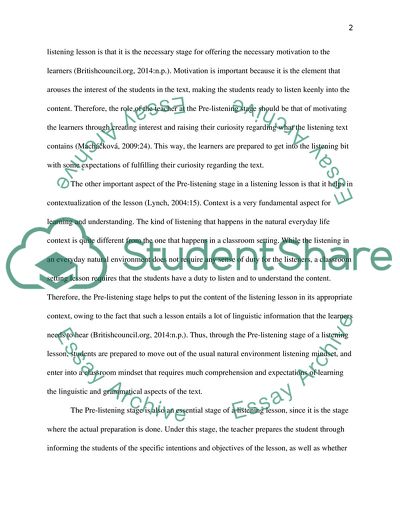Cite this document
(“Three Main Stages in a Listening Lesson and Activities Suitable For Essay”, n.d.)
Three Main Stages in a Listening Lesson and Activities Suitable For Essay. Retrieved from https://studentshare.org/education/1678362-please-answer-both-parts-a-and-b-of-the-assignment-topic-of-your-choice
Three Main Stages in a Listening Lesson and Activities Suitable For Essay. Retrieved from https://studentshare.org/education/1678362-please-answer-both-parts-a-and-b-of-the-assignment-topic-of-your-choice
(Three Main Stages in a Listening Lesson and Activities Suitable For Essay)
Three Main Stages in a Listening Lesson and Activities Suitable For Essay. https://studentshare.org/education/1678362-please-answer-both-parts-a-and-b-of-the-assignment-topic-of-your-choice.
Three Main Stages in a Listening Lesson and Activities Suitable For Essay. https://studentshare.org/education/1678362-please-answer-both-parts-a-and-b-of-the-assignment-topic-of-your-choice.
“Three Main Stages in a Listening Lesson and Activities Suitable For Essay”, n.d. https://studentshare.org/education/1678362-please-answer-both-parts-a-and-b-of-the-assignment-topic-of-your-choice.


